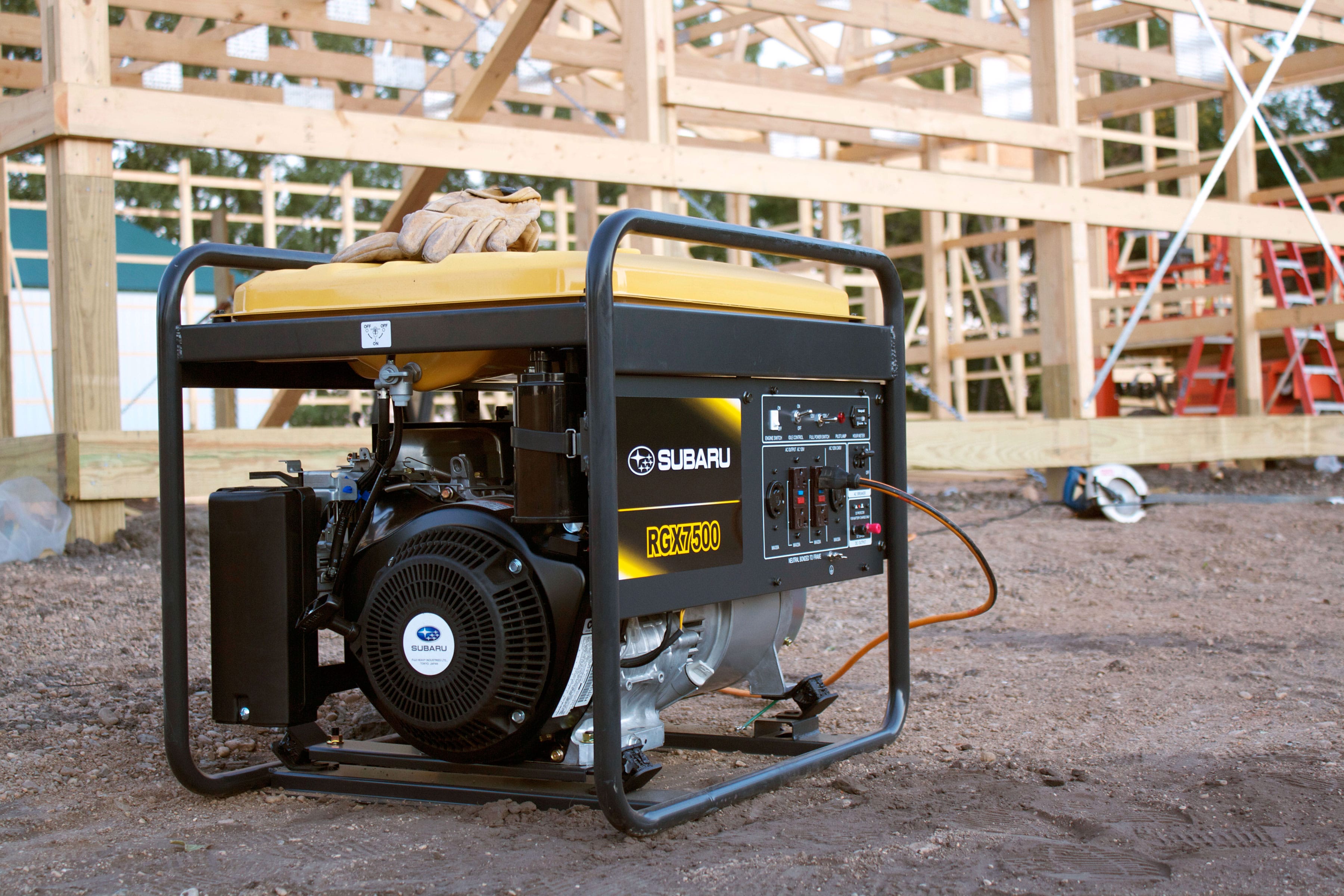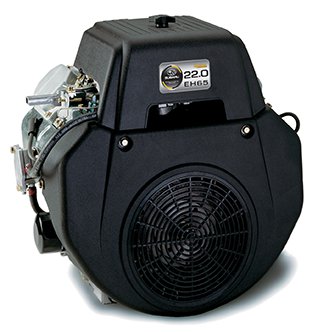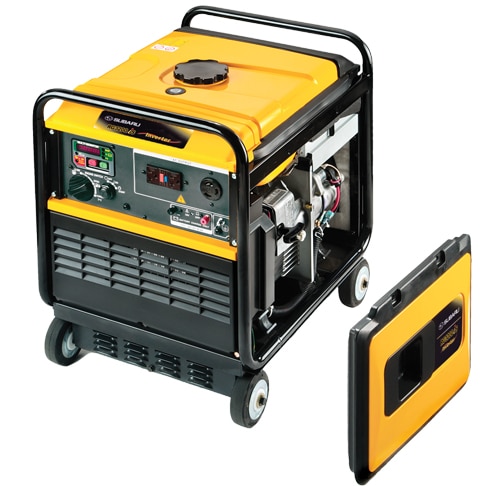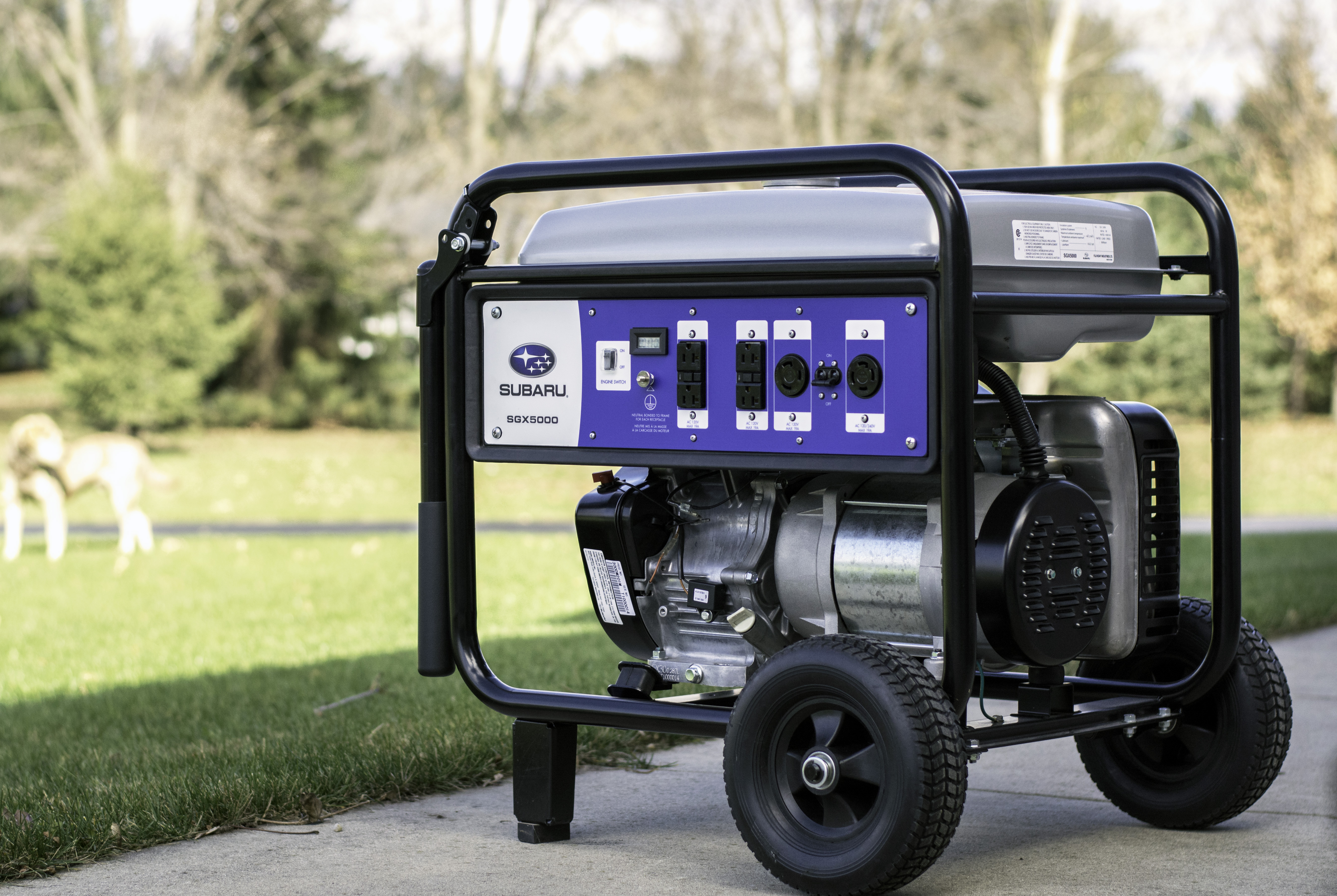A healthy heart is key for a healthy life. The same is true for engines, except their “heart” is a carburetor.
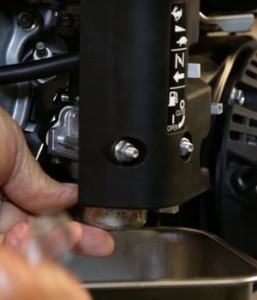
Just like cholesterol in the heart, if dirt and gummy fuel residue bog down a carburetor, performance is hindered or the engine fails. Maintain efficient operations by keeping up with cleaning.
Just like cholesterol in the heart, if dirt and gummy fuel residue bog down a carburetor, performance is hindered or the engine fails. Maintain efficient operations by keeping up with cleaning.
Not sure if it’s time to clean the carb? Here are four telltale signs that your carburetor needs attention.
- It just won’t start. If your engine turns over or cranks, but doesn’t start, it could be due to a dirty carburetor. When there’s too much dirt in the carburetor, the required combination of air and fuel can’t travel through the passage to the engine, causing a turn over, but no catch or actual start.
- It’s running lean. An engine “runs lean” when the balance of fuel and air gets thrown off. Typically, there’s a 12:1 or 15:1 ratio of air to fuel, and when there’s too much air or not enough fuel, it causes sneezing or popping sounds in the intake. One of the biggest causes is not getting enough fuel to the carburetor.
- It’s running rich. When an engine runs “rich,” it’s the exact opposite of running lean, meaning there’s excess fuel and not enough air. When this happens, black smoke comes from the exhaust.
- It’s flooded. If there is dirt or debris in the fuel bowl, it can block the needle valve and prevent it from closing. When this happens, fuel overflows into the carburetor. This causes fuel to flow out of the bowl vents, throws off the air-to-fuel ratio and gets the spark plugs wet.
The carburetor isn’t always to blame for these problems, but more times than not, it’s the culprit. Don’t let a dirty carburetor give you heart troubles. Know the signs and stay ahead of malfunctions.

